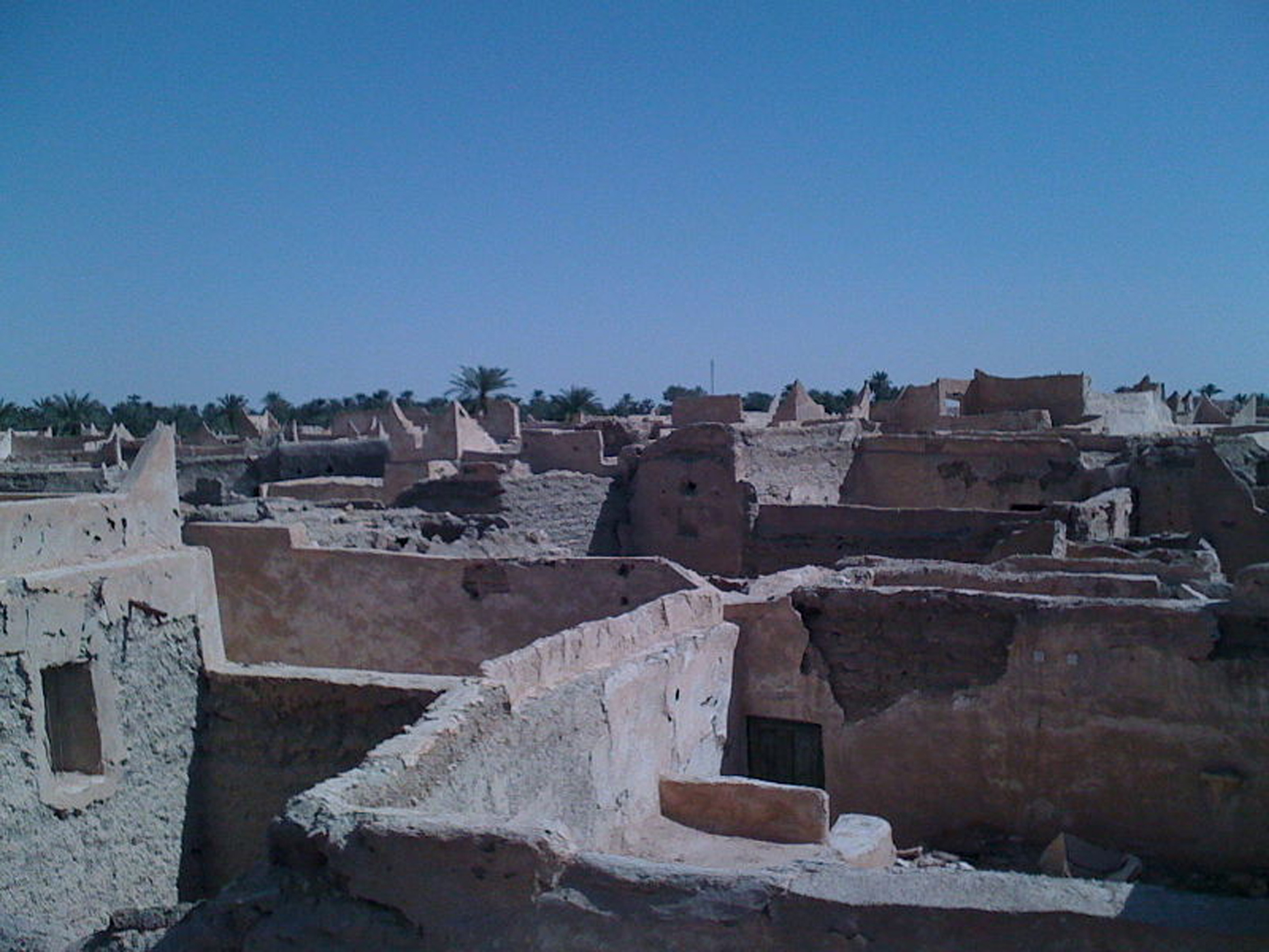The sites named by UNESCO include the Old City of Ghadames, often referred to as “the pearl of the desert” and the archaeological site of Cyrene, one of the principal cities in the Hellenic world.


The rock-art sites of Tadrart Acacus on the border with Algeria that feature thousands of cave paintings dating back as far back as 12,000 BC to 100 AD are also listed.
The other two are the coastal archaeological sites of Leptis Magna and Sabratha, a Mediterranean trading post that was once part of the brief Numidian Kingdom of Massinissa before it was taken over the by Romans.


“The committee noted the high level of instability affecting the country and the fact that armed groups are present on these sites or in their immediate surroundings,” UNESCO said at the 40th meeting of its World Heritage Committee in Istanbul.
“It invoked the damage already incurred and the serious threat of further damage to explain the decision,” it said in a statement.
Since the 2011 NATO-led military intervention, Libya has been in the grip of a conflict which has killed thousands as rival militias fight for territory and control of the country.
The three archaeological sites of Cyrene, Leptis Magna and Sabratha were added to UNESCO’s World Heritage List of the world’s outstanding natural and cultural wonders in 1982, following Ghadames in 1986 and Tadrart Acacus in 1985.
UNESCO says its list of heritage in danger is designed to inform the world of risks to the very characteristics that led to a site being listed as World Heritage and encouraging corrective action.
The agency says it also allows the committee to allocate immediate support from the World Heritage Fund to at-risk sites.


Leave a Comment